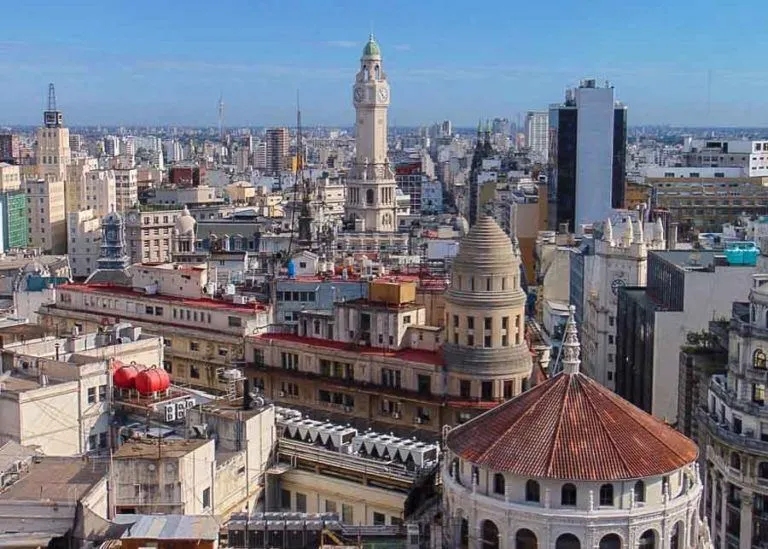
In September, Argentinas economy experienced a 0.7% decrease from the previous year, contributing to an overall 1.5% decline in the first nine months of the year.The National Institute of Statistics and Censuses (INDEC) reported these figures, indicating economic challenges.Several sectors experienced declines, highlighting the varied impact across industries.
Notably, the Net Taxes on the Subsidies sector suffered the most, dropping 3.9%.The manufacturing industry followed closely, with a 3.6% decrease.
These sectors are crucial to Argentinas economy, and their downturn reflects broader economic issues.Agriculture, livestock, hunting, and forestry also declined by 2.2%.
Financial intermediation saw a 1.7% reduction.
These decreases show a widespread economic slowdown.However, some sectors showed growth, offering a glimmer of hope.
The fishing industry grew by 8.9%, showing resilience.Electricity, gas, and water sectors increased by 7.2%.
Mining and quarrying experienced a 6.1% rise.
These areas of growth suggest potential for economic recovery.Argentinas Economy: Struggles and Resilience in 2023.
(Photo Internet reproduction)Further, education saw a 2.5% increase.
Hospitality and social, health services both grew by 2.1%.Real estate, business services, and rentals rose by 1.4%.
These sectors contribute to the economys diversity, indicating areas of strength.Construction and transportation and communications sectors also grew, albeit modestly.Analysts from the Central Bank of the Republic of Argentina (BCRA) predict the years end with a 2% lower GDP than 2022.This forecast suggests a cautious outlook for Argentinas economic future.
It highlights the need for strategic responses to these challenges.The government and businesses must navigate these economic fluctuations to stabilize and grow the economy.

 20
20







